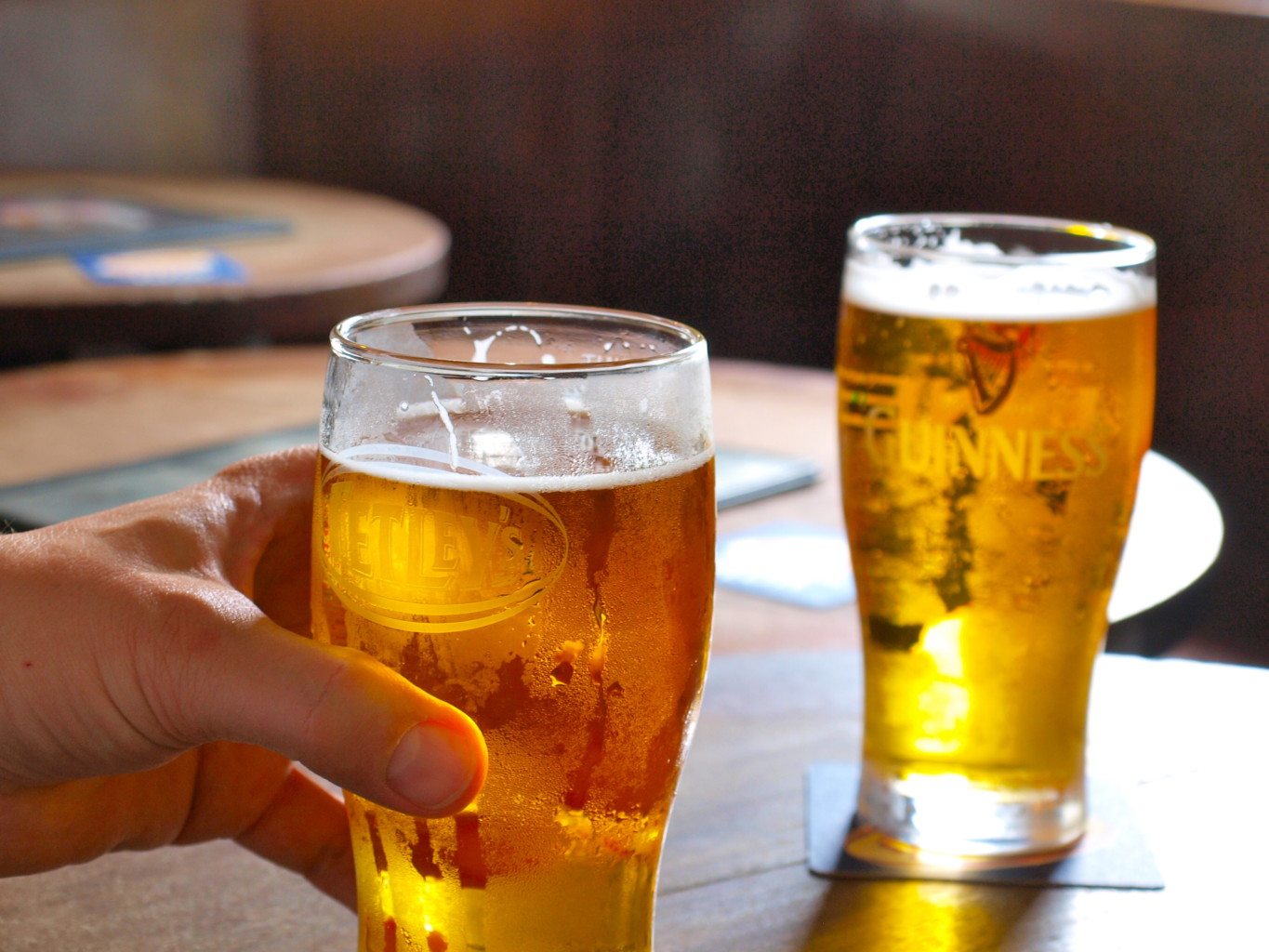Purple: Our favourite drink – but why?
With the new academic year fast approaching and the SU gearing up for Freshers’ Fortnight, one drink is sure to be back in high demand. A mixture of Strongbow, Carlsberg and an inordinate amount of blackcurrant squash, nothing says ‘Welcome to Warwick’ quite like a pint of Purple.
Whether they like it or not, the new crop of first years will soon learn to love this Warwick staple. Be it a stack of three pints at circle or a cheeky eight pint tube in the Terrace Bar, we manage to drink our way through gallons of the stuff. Last year alone the SU sold over 60,000 pints of Purple, enough to fill the average-sized shipping container.
But what is it about Purple that makes Warwick students go crazy?
The predominant ingredient in Purple is alcohol. In chemistry, the term alcohol refers to a family of molecules that contain oxygen atoms covalently bonded to hydrogen atoms. The electrons in this bond are not shared equally. The oxygen atom pulls on the electrons more strongly than the hydrogen, causing it to develop a slightly negative charge. Meanwhile, the hydrogen is left with too few electrons, resulting in a slightly positive charge. It is this polarity that gives rise to the unique chemical properties of alcohol.
When most people use the term ‘alcohol’ they are not talking about a class of molecules. Instead, the word is used in everyday language to specifically describe the molecule ethanol.
Ethanol is produced by fermenting sugars with yeast and has been drunk by humans since the Neolithic Era. Most cultures in the world manufacture some type of alcoholic beverage, from the Rum distilleries of the Caribbean to the Vodka guzzling Baltic States. Regardless of its country of origin, no alcoholic drink is 100% pure ethanol. This is because alcohol is a poison. The human body can only process one unit of alcohol per hour. If the blood-alcohol level gets too high, it can prove lethal. In England in 2011, 360 people died of accidental alcohol poisoning, so it’s best not to overdo it during Freshers!
After alcohol is ingested, about 20% is absorbed in the stomach and the rest enters via the small intestine. Once absorbed, alcohol dissolves into the blood and the ethanol molecules are carried throughout the body. Bodily tissue contains water into which the ethanol dissolves. This happens everywhere except fat tissue, which alcohol cannot dissolve in. It is this property of fat that means women are affected by alcohol more than men. A man of the same height, weight and build as a woman would have more muscle and less fat. The same amount of alcohol would be more diluted in the man. As a result, the woman would have a higher blood alcohol level and she would feel the effects of the alcohol sooner.
Absorbed ethanol in the liver is converted into acetaldehyde in a process called oxidation. The acetaldehyde is then oxidised for a second time, transforming it to acetic acid, the main component of vinegar. This is the process by which ethanol is removed from the body. If more alcohol is taken in than the liver can cope with, the blood alcohol concentration will rise. As it increases, the ethanol molecules inside the tissues will begin to have an effect.
In the brain, alcohol acts on nerve cells. Specifically, it alters neurotransmitters, the chemical messengers used by nerves to communicate. Alcohol suppresses the excitatory neurotransmitters which stimulate the brain and increase the activity of inhibitory neurotransmitters that balance mood. By enhancing one type of neurotransmitter and weakening the other, a person will begin to appear sluggish.
Not all areas of the brain are affected at once. As more alcohol is drunk, more centres of the brain feel its influence. Memory loss is caused by the alcohol’s affects on the limbic system, while behavioural inhibition results from alterations to the cerebral cortex. Gradually, as more of the brain surrenders to alcohol, more symptoms of drunken behaviour appear.
With every pint of purple downed, the student brain descends further into the abyss of an alcoholic stupor. But this drunken daze is not only achievable with purple. It can be obtained with any kind of liquor, so why are we so keen on Snakebite and black?
The real magic of purple is that you never quite know what to expect. When you look close enough you realise why – no two purples are ever the same.

Comments (1)
This is a nice article but I was keen to know why students like purple over other drinks. All it talks about was how alcohol affects the body and only the last line refers to purple which is a tenuous claim anyway. Also, alcohol is not the ‘predominant’ ingredient in purple, there is less than 5% alcohol in purple.